Sewing is a skill that has been passed down through generations, from hand-stitching to using modern sewing machines. Whether you are a beginner or a seasoned pro, having the right sewing tools is essential to achieving great results. In this article, we will explore some common sewing tools and their definitions to help you understand their purpose and importance.
1. Sewing Machine
The sewing machine is the most important tool for any sewist. It is a mechanical or computerized device that uses thread to create stitches, making the sewing process quicker and more efficient. There are various types of sewing machines available in the market, from basic models to advanced ones with multiple features. It is important to choose a sewing machine that fits your needs and budget.
2. Fabric Scissors
Fabric scissors are sharp and precise scissors used for cutting fabric. They have longer blades and are usually heavier than regular scissors. It is important to have a designated pair of fabric scissors to avoid dulling them by cutting other materials. Good quality fabric scissors can make a huge difference in the outcome of your project.
3. Seam Ripper
Mistakes happen, even to the most experienced sewists. That’s where a seam ripper comes in handy. It is a small, hook-shaped tool used to remove stitches. A good seam ripper should have a sharp and pointed tip to easily cut through threads without damaging the fabric.
4. Tape Measure
A tape measure is an essential tool for accurate measurements. It is a flexible ruler with inches and centimeters marked on it. When sewing, it is important to measure every component accurately to ensure a proper fit. A tape measure is also helpful when taking measurements for your own body for clothing alterations or custom-made garments.
5. Pins and Needles
Pins and needles are used to hold fabric pieces together while sewing. Pins are used for larger and thicker fabrics, while needles are ideal for delicate and thin fabrics. When purchasing sewing needles, it is important to consider the type and size for the fabric you will be working with. Keeping your pins and needles organized and in good condition is important for efficient sewing.
6. Iron and Ironing Board
Ironing is a crucial step in the sewing process. It helps to remove wrinkles and flatten fabric, making it easier to work with. An ironing board provides a smooth surface for ironing and protects your sewing project from any damage. It is important to use an iron suitable for fabric to prevent any heat damage.
Conclusion
These are just some of the essential sewing tools used by beginners and professionals alike. Having the right tools can make a huge difference in the outcome of your project. Always invest in good quality tools and take care of them to ensure they last for years to come. With the right sewing tools and a bit of practice, you can create beautiful and functional garments and accessories.
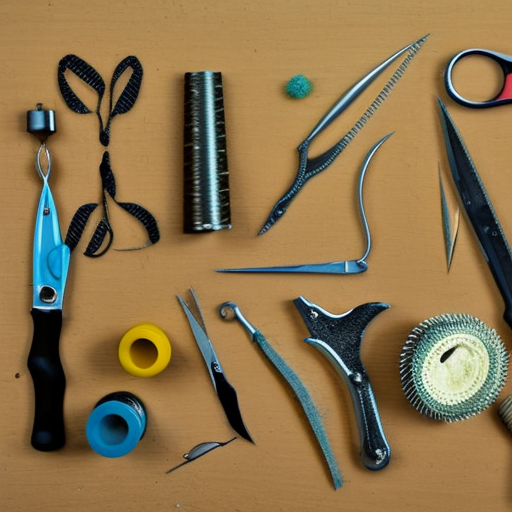







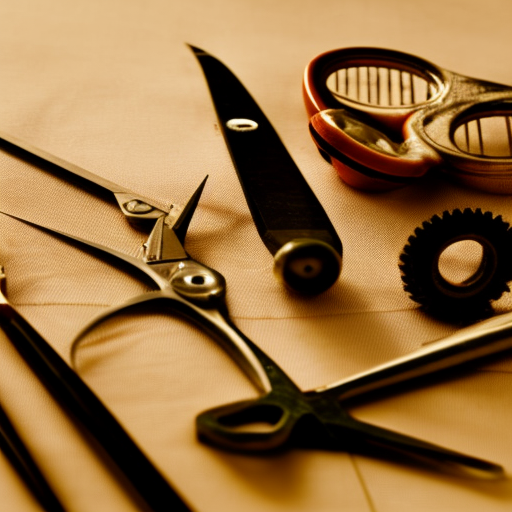
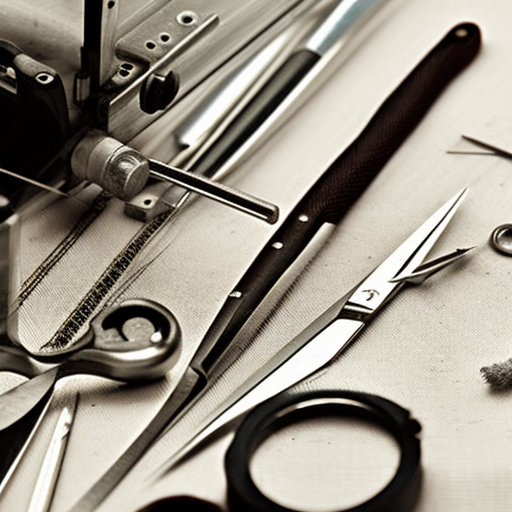
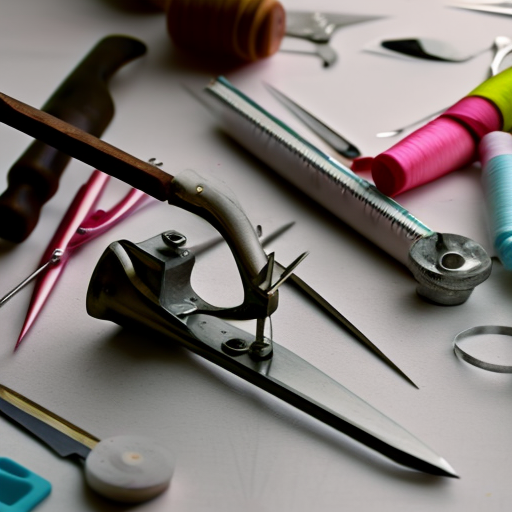
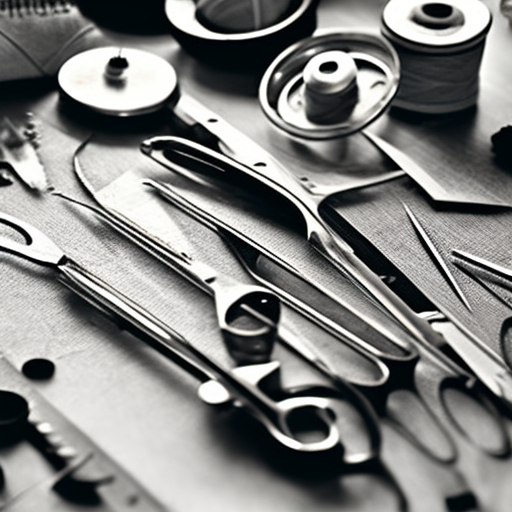
Wow! This post looks like a great guide!
Great resource! This post is perfect for someone just starting out with sewing – it covers all the basic tools and definitions one needs to know.
Very useful post!